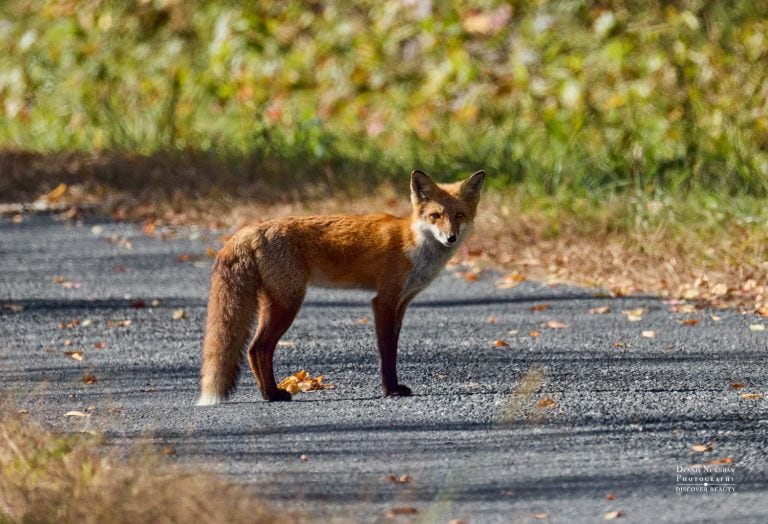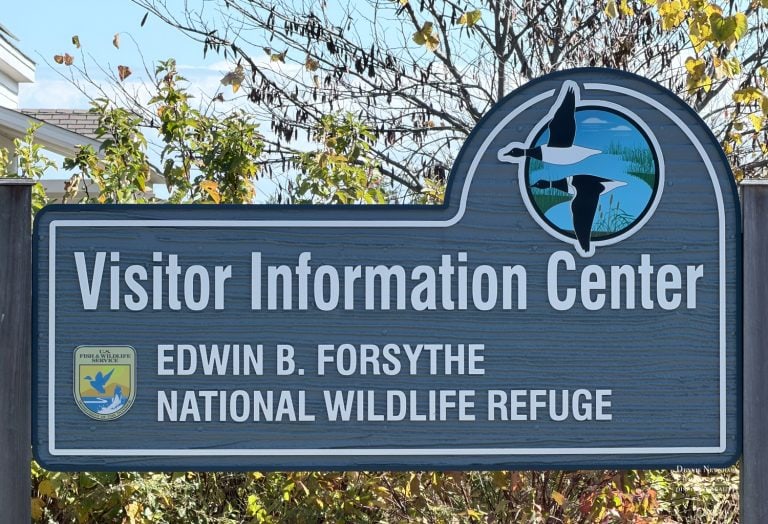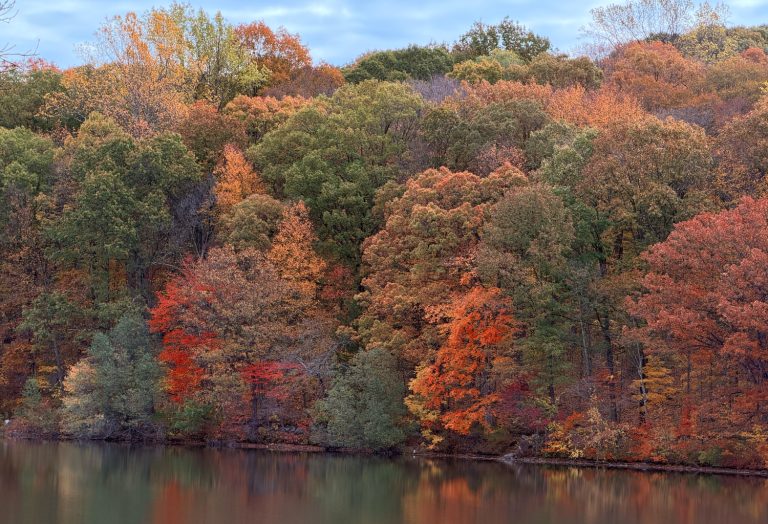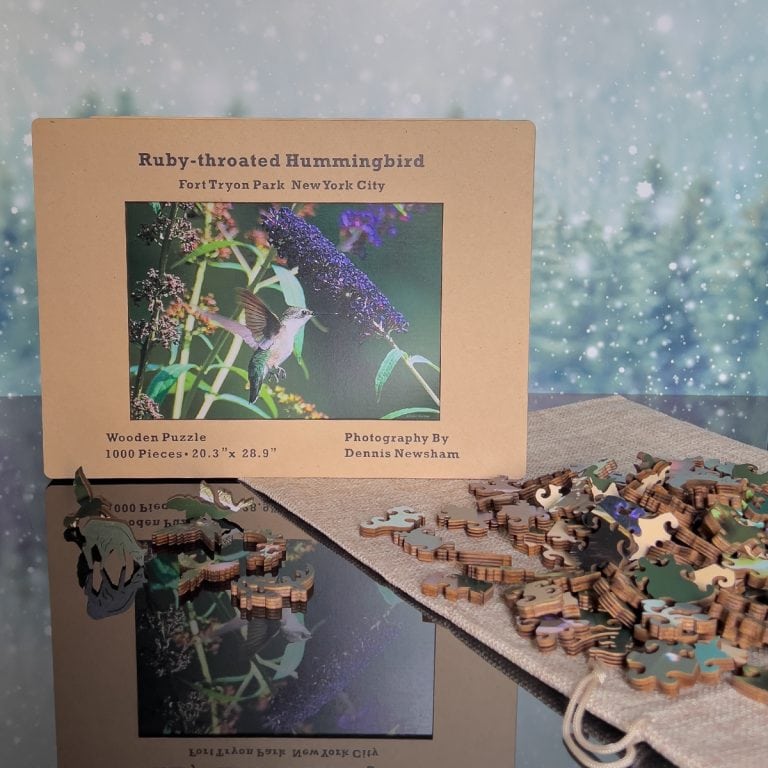

Autumn Road Trip: New York Wildlife Refuges and Fall Color
As October came to an end and the air turned colder, I started to feel that familiar pull to get away for a bit. After long weeks of work in New York City, I needed a short autumn road trip surrounded by nature. Even though I love the city, this time of year always makes me want to escape into the wild, explore new places for birding and wildlife photography, and reset before winter arrives.
The trip wasn’t planned ahead of time. A day or two before we left, someone mentioned the Edwin B. Forsythe National Wildlife Refuge in New Jersey. That caught my attention. I went online, checked eBird, and saw reports of many birds still being seen there, including a few species I had been hoping to find. That sealed it for me.
Leaving the city always brings a mix of excitement and anxiety. Anyone who drives out of New York knows how crowded and chaotic it can be. Lanes move fast, exits come quickly, and it can take forever just to get clear of the traffic. But this time, the drive surprised me. The roads opened up, traffic flowed smoothly, and before long we were cruising down the highway. The closer we got to Forsythe, the more the anticipation grew. Knowing it was a couple of hours away gave me time to think about what we might see. Each mile added to that feeling of leaving the noise behind and moving toward something calmer.

Exploring the Edwin B. Forsythe National Wildlife Refuge in New Jersey
Forsythe was everything I hoped it would be. The eight-mile wildlife drive winds through wide open marshes, and you can take it as slowly as you want. There are plenty of places to stop, walk, or just roll down the window and look. It is the kind of place that makes you feel part of the landscape and a great place for New York birding day trips.
We saw Greater and Lesser Yellowlegs, White Ibises, Black bellied Plovers, American Blackbirds, and a Red Fox crossing the field. A Northern Harrier drifted quietly above the meadows. What I loved most was how accessible the refuge is. You can take photos from your car without disturbing the birds. It becomes your own little mobile blind, and that is perfect for wildlife photography.
We spent the morning exploring, then took a break for lunch in Atlantic City. After that we went back to the refuge and drove the loop again in the afternoon light. The colors had changed, the air had cooled, and everything looked different.
One of the best things about birding is the people you meet. Some are experts, others are just starting out, but everyone shares the same excitement. It is easy to start a conversation. “What have you seen today?” “Any good spots?” That is how we learned about our next stop.

Birding at Bombay Hook National Wildlife Refuge in Delaware
A couple we met told us about Bombay Hook National Wildlife Refuge in Delaware. They said, “You should go. We saw thousands of Avocets there yesterday.” That was all we needed to hear. The next day we were there.
Bombay Hook has a longer wildlife drive, about twelve miles, with pull offs, trails, and a few observation blinds along the way. It is a beautiful place, full of life. We saw American Avocets by the hundreds, far more than I had ever seen in New York. We also saw Red bellied Woodpeckers, American Goldfinches, Song and Swamp Sparrows, White throated Sparrows, Black Vultures, and a Red Fox out in the open that I was able to photograph. You do not often get that chance with a fox. They usually vanish before you can even focus your camera.
While driving along the wildlife loop, we came around a bend and thought our eyes were playing tricks on us. Standing ahead in the road was a Red Fox. Until that moment we had only caught quick glimpses of them darting off in the distance. They spook so easily and vanish in a flash, but this one stayed. My heart was racing. For a second it felt like time stopped. The fox turned and looked straight at us, calm and confident, as if it owned the place. I had to move fast but carefully. Taking photos from the car has its challenges, and I didn’t want to startle it. I raised my camera, started shooting, and couldn’t believe it, I was getting clear photos. It was the highlight of the trip for me, an incredible moment and a reminder that patience pays off. To have that encounter, and to see so many birds this late in the year, felt like a true gift.
This is what I love about flexible travel and wildlife adventures. We had no schedule, so we could follow suggestions and let the trip unfold naturally. Every stop came from a conversation, every sighting from curiosity, and every photo became part of a larger story about discovering the wild side of life.

Prime Hook and Cape Henlopen: Discovering Delaware’s Coastal Wildlife
We learned about Prime Hook National Wildlife Refuge from another birder we met at Bombay Hook. It does not have a driving loop, but it has peaceful trails through the marshes and woods. We saw a Belted Kingfisher perched near the water, then watched it fly off flashing blue in the sunlight. There were plenty of shorebirds moving through the shallows too.
Later that day we visited Cape Henlopen State Park. It had a different feel, a mix of wetlands, wooded areas, and beach. A marathon was going on, and that kept some of the birds away, but we still managed to find quiet corners where we could slow down and enjoy the stillness. Each turn on those trails brought something new, and it was a good reminder that nature keeps its rhythm no matter what else is happening around it.
Upstate New York Fall Colors and Hudson Valley Birding

After several days of exploring along the coast, we started heading north. Before returning to the city, we wanted to see the fall colors along the Hudson Valley.
We visited Roosevelt State Park Preserve, Croton on Hudson, George’s Island, and Beacon. Even though the colors were past their peak, the trees were still bright and beautiful. Beacon has a long main street filled with local shops and restaurants. It is the kind of town where you can spend hours walking, taking photos, and finding inspiration in small details. It was a perfect end to the trip and peaceful, colorful, and slow paced after so many miles of driving.
These getaways always help me reset before winter. Once the cold sets in, I still go out looking for owls and waterfowl, but the rhythm changes. Trips like this recharge me and remind me why I love what I do.
Reflections and Holiday Wildlife Gifts from Dennis Newsham Photography
Every adventure and every photograph come from moments like these. The chance to get out, explore, and share the wild side of life is possible because of the people who support my work. The sales from my collections make these journeys, and this blog, possible.
- The Wild New York 2026 Calendar, filled with New York wildlife from across the city and beyond. Hang it on your wall or keep it by your desk for a daily reminder of nature.
- Wild New York 2026 Calendar Magnets, a set of four perfect for your fridge or workspace.
- Wildlife Pillow Covers Series 2.0 Ultra Soft, featuring favorites like the Common Yellowthroat, Bald Eagle, and Grizzly Bear. You can’t hug them in the wild, but you can hug these.
- The Blue Grosbeak Scarf, inspired by a special moment in Central Park and designed to bring a touch of the wild to everyday life.
- Reusable Wildlife Bags, including new designs featuring the Blue Grosbeak from Central Park, the Common Yellowthroat from Bryant Park, and returning favorites like the Snowy Owl, Mute Swan, and Great Horned Owl.
- Plus, tea towels, puzzles, metal lapel pins, and more, each one created to bring nature a little closer to home.

Every purchase helps me keep exploring and creating, sharing the wildlife stories that connect us all.
Thank you for joining me on this journey and for being part of the Wild New York community.
Visit DennisNewsham.com — Wildlife prints and gifts made for you.
Click here to read our Privacy Policy